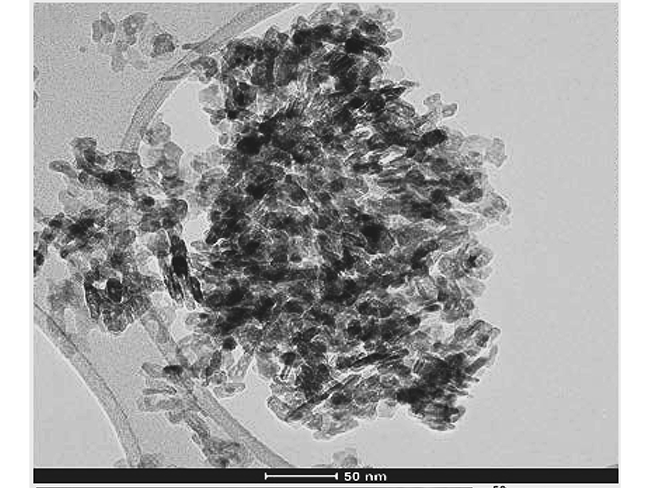Research Projects
The research team used the raad2 supercomputer to help them design an alternative material, made of cobalt copper (CoCu) alloyed nanoclusters grown atop carbon nanowires, which turns out to be cheaper than PGMs.
The showcased material was experimentally fabricated, electrochemically tested, and results were published in Elsevier’s Journal of Industrial and Engineering Chemistry.Since 2014, TAMUQ researchers have been developing better materials for cleaner and cheaper gas separation processes. Towards this end, they have created a computational model to predict how gases move through such materials based on their internal structure.
The raad2 supercomputer has been central to this work as various relevant “experiments” are done via computational modeling rather than in a conventional laboratory. These investigations require significant computational power and cannot otherwise be performed on desktop workstations.In the first project, researchers optimized catalyst materials to convert greenhouse gases into valuable syngas that could be used to synthetize ultra clean fuel, resulting in three journal articles and a patent application. And in the second project, they explored turning CO2 into useful formic acid, leading to a significant journal publication.
Thanks to the use of raad2, the research team not only made important discoveries contributing to greener energy and chemical production processes but also trained several students and researchers in this domain.



